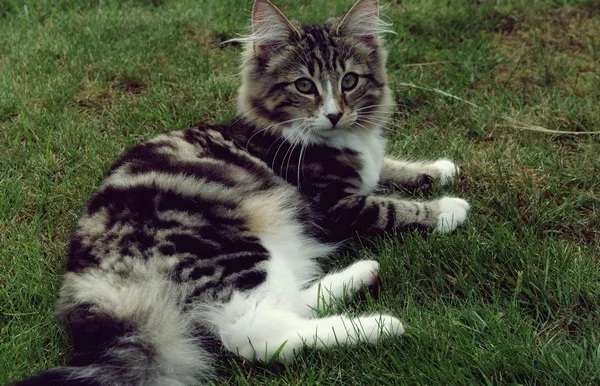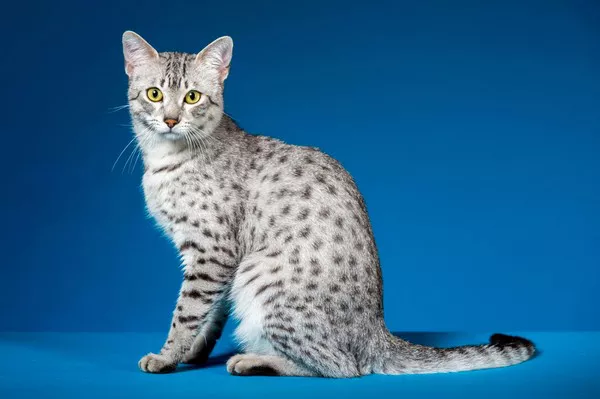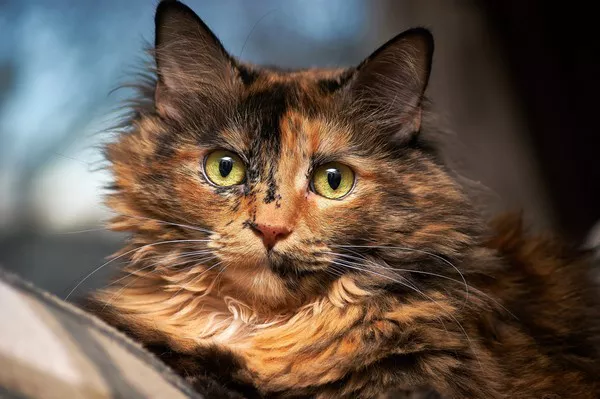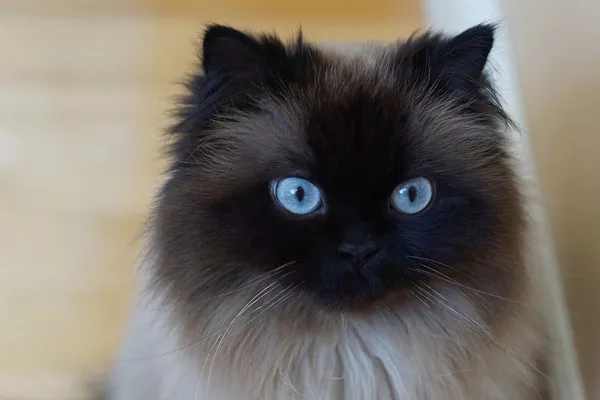Norwegian Forest Cats, with their majestic appearance and captivating personality, have enchanted cat lovers worldwide. Often referred to as “Wegies” or “Skogkatts,” these feline beauties are known for their thick, water-resistant coats, tufted ears, and impressive size. In this article, we delve into the rich history and fascinating origins of Norwegian Forest Cats, tracing their roots back to ancient times and their connection to the rugged landscapes of Norway.
1. Ancient Norse Legends and Mythology
The Norwegian Forest Cat‘s origins can be traced back to ancient Norse mythology, where they were believed to be companions of the Norse goddess Freyja, the goddess of love, beauty, and fertility. According to legend, Freyja’s chariot was pulled by two large cats, believed to be Norwegian Forest Cats, symbolizing their association with divinity and grace.
2. Natural Adaptation to Harsh Environments
Norwegian Forest Cats developed in Norway’s forests and mountainous regions, adapting to the harsh Nordic climate over centuries. Their thick double coat, consisting of a water-repellent top layer and a dense undercoat, protected them from the cold, snowy winters. These cats also possess tufted ears, long lynx-like facial hair, and tufts of fur between their toes, providing further insulation against harsh weather conditions.
3. Vikings and Seafaring Explorations
The Viking era played a significant role in shaping the history of Norwegian Forest Cats. Vikings often brought these resilient cats aboard their ships to control rodent populations and protect food stores during their seafaring expeditions. The presence of Norwegian Forest Cats on Viking ships led to their spread throughout Europe as skilled mousers and valued companions.
4. Natural Selection and Preservation
Norwegian Forest Cats existed in relative isolation for centuries, adapting to their environment through natural selection. Their ability to survive in Norway’s rugged landscapes played a crucial role in the preservation of their unique genetic traits. These cats developed strong hunting instincts, agility, and intelligence, making them highly skilled predators.
5. Recognition and Breed Development
The formal recognition and breed development of Norwegian Forest Cats began in the early 20th century. Concerns over interbreeding with other domestic cats led to efforts to preserve and promote the breed’s distinctive characteristics. In the 1930s, dedicated breeders established breeding programs and formed organizations to protect and advance the Norwegian Forest Cat.
6. International Recognition and Popularity
Norwegian Forest Cats gained international recognition and popularity during the latter half of the 20th century. They captivated cat enthusiasts worldwide with their striking appearance, gentle temperament, and fascinating history. The breed achieved official recognition by various cat associations, including The International Cat Association (TICA) and the Fédération Internationale Féline (FIFe), solidifying its status as a distinguished feline breed.
7. Norwegian Forest Cats in Modern Times
In modern times, Norwegian Forest Cats have become beloved pets and cherished members of families around the world. Their distinct personality traits, including their playful nature, loyalty, and adaptability, make them delightful companions. They thrive in homes that provide ample opportunities for exercise, mental stimulation, and affectionate interaction.
Conclusion
The captivating journey of Norwegian Forest Cats from ancient Norse mythology to the present day showcases their remarkable resilience, adaptability, and connection to Norway’s rugged landscapes. With their striking appearance, affectionate demeanor, and rich history, Norwegian Forest Cats continue to enchant cat enthusiasts globally. Whether curled up by the fireplace or exploring the great outdoors, these majestic felines embody the spirit of their ancestors and remind us of the enduring bond between humans and animals throughout the ages.



























